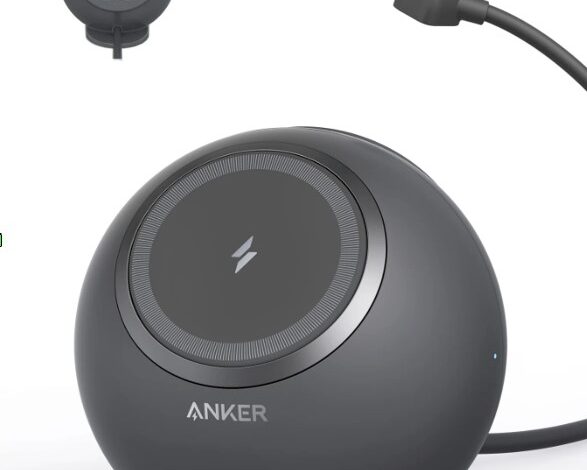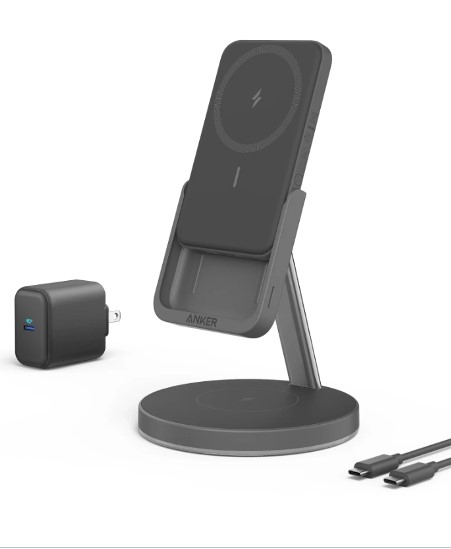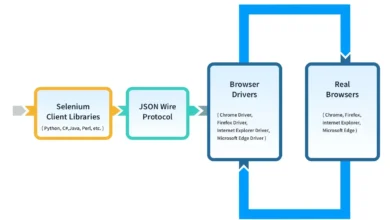The Evolution of Wireless Charging: From Concept to Mainstream Adoption

Wireless charging has come a long way since its inception, evolving from a concept into a mainstream technology embraced by millions worldwide. This article delves into the fascinating journey of wireless charging, exploring its origins, technological advancements, and widespread adoption. Dive in now!
The Birth of a Concept
The idea of wireless charging originated in the late 1800s, when the renowned inventor and engineer, Nikola Tesla, imagined a future where electricity could be transmitted without the use of wires. Tesla’s experiments with wireless power transmission laid the groundwork for modern wireless charging technology, demonstrating the possibility of transferring electrical energy without the need for physical wires.
Early Developments and Challenges
Inductive Charging
The first practical implementation of wireless charging came in the form of inductive charging, which uses electromagnetic fields to transfer energy between coils. In the early 2000s, companies like Powermat and Qi (pronounced “chee”) Consortium began developing inductive charging solutions for consumer electronics, paving the way for wireless charging to enter the mainstream market.
Limitations and Efficiency Concerns
Despite its promise, early wireless charging technology faced several limitations, including slower charging speeds and compatibility issues. In addition, concerns were raised about energy efficiency and electromagnetic interference. These challenges hindered the widespread adoption of wireless charging and prompted researchers and engineers to seek innovative solutions to improve its performance and reliability.
Technological Advancements
Introduction of Qi Standard
The introduction of the Qi standard in 2008 marked a significant milestone in the evolution of wireless charging. Developed by the Wireless Power Consortium (WPC), Qi standardization provided a universal framework for wireless charging, ensuring interoperability between different devices and chargers. This standardization played a crucial role in driving the adoption of wireless charging across various industries.
Advancements in Charging Efficiency
In recent years, significant advancements have been made to improve the efficiency and speed of wireless charging technology. Innovations such as resonant charging and gallium nitride (GaN) technology have enabled faster charging speeds and higher power output, making wireless charging more practical for a wider range of devices, including smartphones, tablets, and even electric vehicles.
Mainstream Adoption
Integration into Consumer Electronics
Wireless charging has become increasingly prevalent in consumer electronics, with many smartphones and other devices now featuring built-in wireless charging capabilities. Major tech companies like Apple, Samsung, and Google have embraced wireless charging in their flagship devices, further driving its adoption among consumers.
Expansion into Other Industries
Wireless charging is not limited to consumer electronics; it has also found applications in various other industries, such as the automotive industry, the healthcare industry, and many others. Electric vehicle manufacturers are incorporating wireless charging technology into their vehicles, allowing for convenient and efficient charging without the need for physical cables. In healthcare, wireless charging is being used to power medical devices and implants, enhancing patient care and comfort.
Future Prospects and Innovations
Extended Range Charging
One of the most exciting prospects for wireless charging is extended range charging, which would allow devices to charge wirelessly over longer distances. Researchers are exploring technologies such as radio frequency (RF) charging and ultrasound-based charging to achieve this goal, potentially revolutionizing the way devices are powered in the future.
Integration with IoT and Smart Home Devices
As the Internet of Things (IoT) continues to expand, wireless charging is poised to play a crucial role in powering connected devices and smart home appliances. Imagine a world where your smartwatch, fitness tracker, and smart speaker can all be charged wirelessly using a single charging pad, seamlessly integrating into your daily life.

Conclusion
The evolution of wireless charging from a mere concept to a mainstream technology has been nothing short of remarkable. With continuous advancements in technology and increasing adoption across various industries, wireless charging is poised to become even more ubiquitous in the years to come. As we look to the future, the possibilities for wireless charging are limitless, promising a world where power is always within reach, wire-free. Whether it’s charging your smartphone or powering your electric vehicle, wireless charging and wireless charger is shaping the way we live, work, and connect with the world around us.







